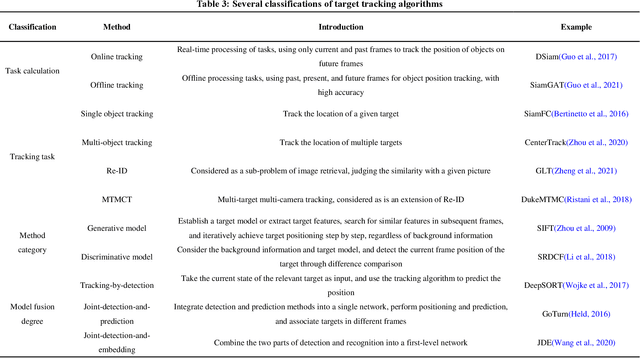Weiran Li
SAIL-Embedding Technical Report: Omni-modal Embedding Foundation Model
Oct 14, 2025Abstract:Multimodal embedding models aim to yield informative unified representations that empower diverse cross-modal tasks. Despite promising developments in the evolution from CLIP-based dual-tower architectures to large vision-language models, prior works still face unavoidable challenges in real-world applications and business scenarios, such as the limited modality support, unstable training mechanisms, and industrial domain gaps. In this work, we introduce SAIL-Embedding, an omni-modal embedding foundation model that addresses these issues through tailored training strategies and architectural design. In the optimization procedure, we propose a multi-stage training scheme to boost the multifaceted effectiveness of representation learning. Specifically, the content-aware progressive training aims to enhance the model's adaptability to diverse downstream tasks and master enriched cross-modal proficiency. The collaboration-aware recommendation enhancement training further adapts multimodal representations for recommendation scenarios by distilling knowledge from sequence-to-item and ID-to-item embeddings while mining user historical interests. Concurrently, we develop the stochastic specialization and dataset-driven pattern matching to strengthen model training flexibility and generalizability. Experimental results show that SAIL-Embedding achieves SOTA performance compared to other methods in different retrieval tasks. In online experiments across various real-world scenarios integrated with our model, we observe a significant increase in Lifetime (LT), which is a crucial indicator for the recommendation experience. For instance, the model delivers the 7-day LT gain of +0.158% and the 14-day LT gain of +0.144% in the Douyin-Selected scenario. For the Douyin feed rank model, the match features produced by SAIL-Embedding yield a +0.08% AUC gain.
When Trackers Date Fish: A Benchmark and Framework for Underwater Multiple Fish Tracking
Jul 08, 2025Abstract:Multiple object tracking (MOT) technology has made significant progress in terrestrial applications, but underwater tracking scenarios remain underexplored despite their importance to marine ecology and aquaculture. We present Multiple Fish Tracking Dataset 2025 (MFT25), the first comprehensive dataset specifically designed for underwater multiple fish tracking, featuring 15 diverse video sequences with 408,578 meticulously annotated bounding boxes across 48,066 frames. Our dataset captures various underwater environments, fish species, and challenging conditions including occlusions, similar appearances, and erratic motion patterns. Additionally, we introduce Scale-aware and Unscented Tracker (SU-T), a specialized tracking framework featuring an Unscented Kalman Filter (UKF) optimized for non-linear fish swimming patterns and a novel Fish-Intersection-over-Union (FishIoU) matching that accounts for the unique morphological characteristics of aquatic species. Extensive experiments demonstrate that our SU-T baseline achieves state-of-the-art performance on MFT25, with 34.1 HOTA and 44.6 IDF1, while revealing fundamental differences between fish tracking and terrestrial object tracking scenarios. MFT25 establishes a robust foundation for advancing research in underwater tracking systems with important applications in marine biology, aquaculture monitoring, and ecological conservation. The dataset and codes are released at https://vranlee.github.io/SU-T/.
A Review of Computer Vision Technologies for Fish Tracking
Oct 11, 2021


Abstract:Fish tracking based on computer vision is a complex and challenging task in fishery production and ecological studies. Most of the applications of fish tracking use classic filtering algorithms, which lack in accuracy and efficiency. To solve this issue, deep learning methods utilized deep neural networks to extract the features, which achieve a good performance in the fish tracking. Some one-stage detection algorithms have gradually been adopted in this area for the real-time applications. The transfer learning to fish target is the current development direction. At present, fish tracking technology is not enough to cover actual application requirements. According to the literature data collected by us, there has not been any extensive review about vision-based fish tracking in the community. In this paper, we introduced the development and application prospects of fish tracking technology in last ten years. Firstly, we introduced the open source datasets of fish, and summarized the preprocessing technologies of underwater images. Secondly, we analyzed the detection and tracking algorithms for fish, and sorted out some transferable frontier tracking model. Thirdly, we listed the actual applications, metrics and bottlenecks of the fish tracking such as occlusion and multi-scale. Finally, we give the discussion for fish tracking datasets, solutions of the bottlenecks, and improvements. We expect that our work can help the fish tracking models to achieve higher accuracy and robustness.
 Add to Chrome
Add to Chrome Add to Firefox
Add to Firefox Add to Edge
Add to Edge